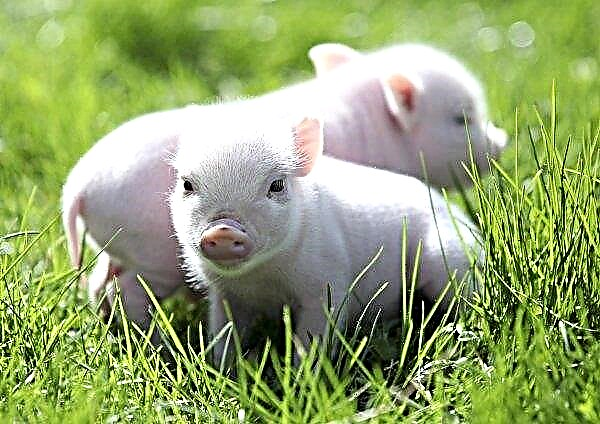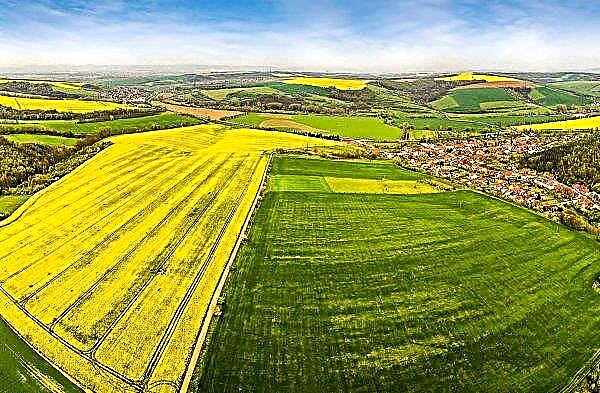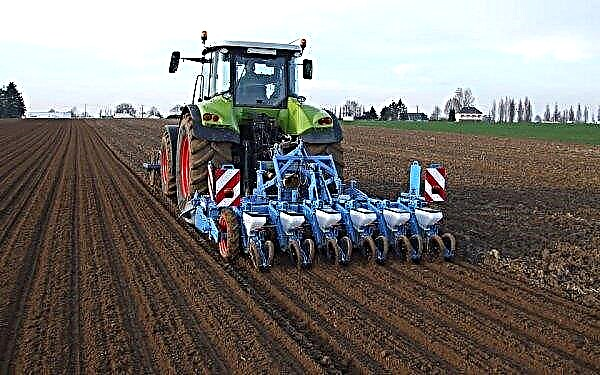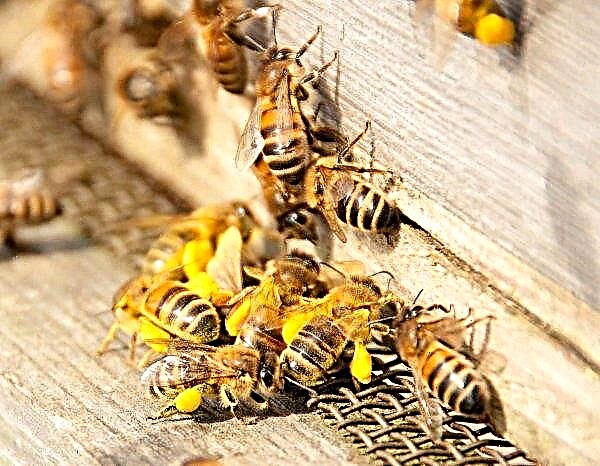An economic survey correctly identified some of the problem areas of Indian agriculture, but this was not reflected in the country's budget.
The survey showed that agricultural growth of 2.9% this year is much lower than in the previous 2 years. 50% of the population still survives in agriculture.
An encouraging development is the increase in the proportion of women among farmers, which currently stands at 13.9%. The Review emphasizes the need to grow crops with high productivity with minimal resources.
Water is identified in the Survey as a key area of concern. But there were no specific appropriations in the budget to solve this problem. Agriculture uses 80% of the water resources in India, of which 60% goes to the cultivation of rice and sugar cane.

The government recommends subsistence agriculture to reduce the use of chemicals and conserve natural resources. The survey reports that 1.6 million farmers follow subsistence subsistence agriculture.
The budget proposes to create 10 thousand organizations of farmers-producers (FPOs) to help unite farmers and strengthen their negotiating positions. This is a laudable idea, but the FPOs did not receive the income tax exemption they requested.
Although, on the one hand, the review recommends reducing the use of chemical fertilizers, on the other hand, the subsidy for fertilizers is increased by 14% in the budget. Lending to farms continues to be of serious concern, as farmers cannot get the necessary funds on time. The budget does not say anything about this important issue.

Thus, we can conclude that the main structural issues of agriculture were not considered in the budget of India.












